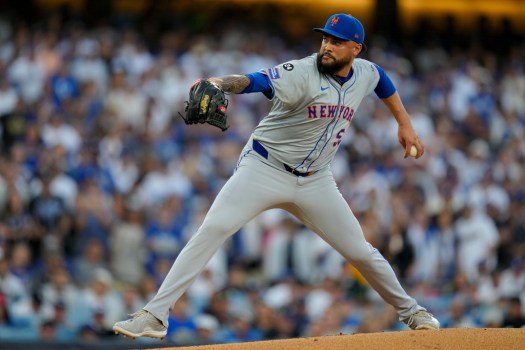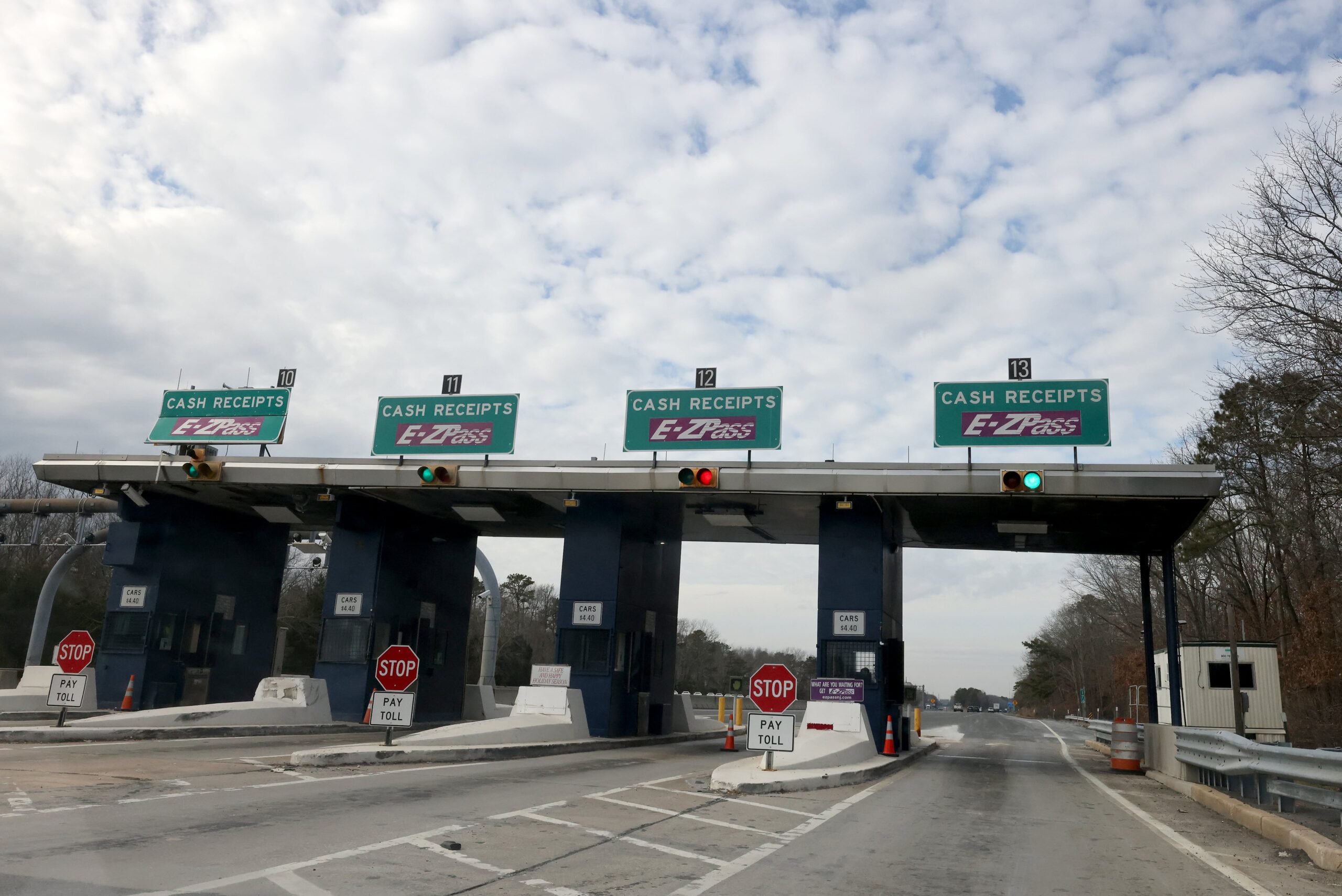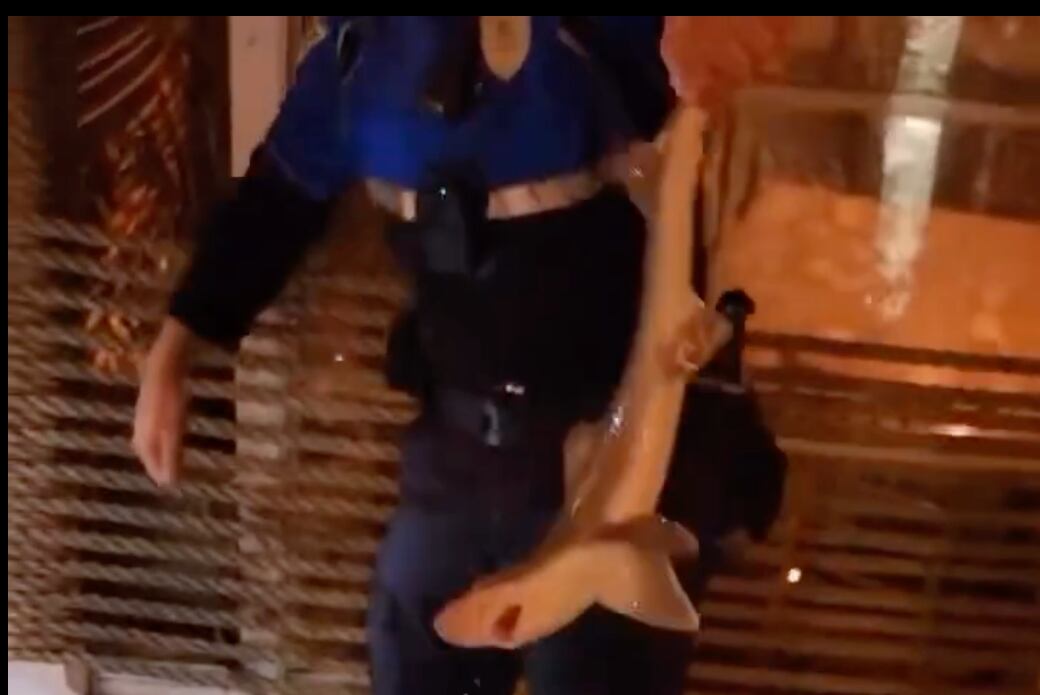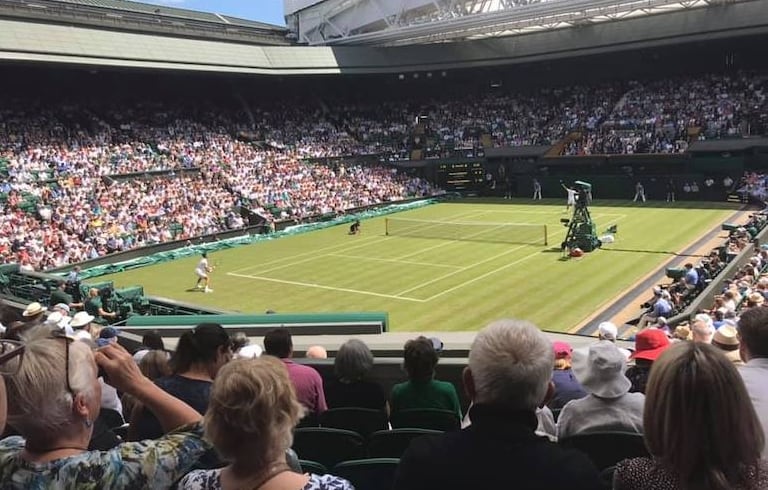KANSAS CITY — Finally, the pitching-strapped
Mets
have two of their top arms in the rotation. Right-hander
Kodai Senga
was activated off the injured list Friday afternoon for the series opener against the Kansas City
Royals
, and left-hander Sean Manaea is set to be activated Sunday for his 2025 season debut.
“It’s awesome,” said outfielder Brandon Nimmo. “We’ve been looking forward to having Sean this whole year. Want him to stay healthy and would love for him to do some of the stuff that he did last year. It’d be Amazing, and obviously it would be a real help. And then Senga, same thing. When he’s out there, he gives us a chance to win every time.
“We definitely like your chances with those guys going out there.”
Manaea has been out since spring training with a right oblique strain and recently had a setback due to a loose body in his left elbow. Senga has been out since June 12 with a right hamstring strain. The Mets also lost right-hander
Paul Blackburn
to a shoulder impingement, forcing them to piece together two starts with bulk relievers and bullpen arms. They lost both games, including the second game of a doubleheader in Baltimore on Thursday afternoon.
The Orioles swept the doubleheader, and the Mets are now in second place in the NL East, 1.5 games behind the Philadelphia Phillies. With the All-Star break beginning Monday, the Mets have a chance to end the first season on a high note with some of their high-end pitching depth restored.
“It’s a big boost,” said manager Carlos Mendoza. “Getting Senga back, getting Sean back — I’ve been saying it, they’re a big part of this team, and for us to be able to get those guys before they break, obviously it’s important for us.”
Senga, who missed the entirety of the 2024 season outside of a few innings with a shoulder injury and a calf strain, was on track for another All-Star appearance before he was injured trying to cover first base. In 13 starts, the staff ace had a sub-2.00 ERA, which was one of the best in the National League at the time. While Senga wasn’t happy with some outings he deemed as too short, the Mets were 9-4 when he started, and he amassed a record of 7-3.
The club protected Senga before the injury, often limiting his pitch count to keep it around 80-90 pitches. They had just started to take the reins off before the injury, letting him throw 100 or more three times in May.
The Mets also planned the rotation to be able to give him an extra day of rest, similar to how they operated during his rookie season in 2023. With
w
moving to the starting rotation for the first time since 2018, the Mets felt it best to have their starters pitch on the sixth or seventh day instead of the fifth, at times inserting a sixth starter into the rotation.
Senga will be on a pitch-count Friday night against the Royals, with Mendoza saying the Mets have a number of pitches in mind they’re comfortable with. When Manaea pitches Sunday, it will be a piggyback appearance with Holmes, who the Mets plan to start. This will help keep Holmes on turn after the break, and give Manaea a soft landing spot to work back into the mix.
“We’re trying to keep Clay with his routine,” Mendoza said. “They’re both used to coming out of the bullpen, they’ve got experience. Talking to both, they were like, ‘Whatever you guys want to do.’ So we’re just trying to keep it simple with Clay, and then we’ll give Sean the proper time to get ready before we put him in the game.”
Manaea will have to manage the elbow issue this season. Recovery proved tough with the loose body, but an injection has him feeling normal once again.
“I think we’ve just been staying on top of it,” Manaea said. “Doing all of the stuff that the training staff wants to do. Since I got the injection it’s been feeling good.”
Last year, he went 12-6 with a 3.47 ERA in the regular season and was a crucial part of the postseason team that made it to Game 6 of the NLCS. A success story for the Mets’ pitching program, it was one of his best seasons in years.
Manaea started Game 6 at Dodger Stadium and was left in tears after the Mets were eliminated. A free agent at the time, he was unsure if he would return to the Mets, but the two parties came to terms on a three-year, $75 million contract with incentives in the offseason.








